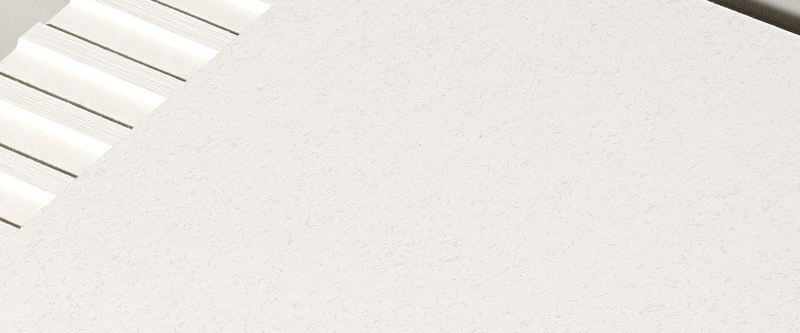
The Building Safety Act (BSA) signifies major changes, challenges and opportunities for the building industry.
With the introduction of a more stringent and effective regulatory framework, clearer lines of responsibility and more rigorous record keeping, it is expected to radically improve the safety and performance of buildings.
Being designated Principal Designer under the BSA offers architects an excellent opportunity to co-ordinate and positively influence how health and fire safety are managed and to promote professionalism throughout the design, build and management of a project.
With collaboration at the heart of the BSA, it is also an opportunity to work more closely with the wider project teams and importantly product manufacturers.
Where does the BSA apply?
The BSA applies to higher-risk residential buildings (HRBs). This is defined as buildings that are at least 18 metres tall, have 7 or more storeys and contain 2 or more residential units for example flats and apartments.
However, it has much broader implications for Principal Designers, as the emphasis on responsibility for safety in design and competence relates to all building projects.

What are the duties of the Principal Designer?
To ensure greater accountability, collaboration and competence, the BSA has created the roles of Duty Holders. The primary Duty Holders are: The Client, The Principal Designer (PD) and The Principal Contractor (PC).
The Principal Designer has overall control over the preconstruction and design phase of a building.
If there is more than one designer working on the project, then a Principal Designer must be appointed in writing by the Client and if the project has only one designer, then they become the Principal Designer.
The Principal Designer can be an organisation or an individual with sufficient knowledge, experience and ability to carry out the role. Their responsibilities are wide-ranging but can be broadly summarised as the following: -
• Plan, manage and monitor the design work during the design phase.
• Take all reasonable steps to ensure the design work carried out by them and anyone under their control is planned, managed and monitored so that the design is such that, if built, it would comply with all relevant requirements of the building regulations.
• Ensure that they, and all those working on the project, cooperate, communicate and coordinate their work with the Client, the Principal Contractor, and other designers and contractors.
• Liaise with the Principal Contractor and share information relevant to the building work.
• Assist the Client in providing information to others.
Two key pillars of the BSA are the ‘Gateways and the ‘Golden Thread’, which are designed to provide a working framework and a structure to the process.

An integrated approach for Principal Designers
The Gateway’s system is a series of three checkpoints:
• Gateway 1: Before planning permission is granted.
• Gateway 2: Before work can start.
• Gateway 3: Before the building can be occupied.
Its purpose is to prevent work from proceeding until each gateway or hold point is cleared.
As it promotes communication and collaboration between architects operating as Principal Designer and other disciplines, it should also facilitate a more integrated approach, leading to a safer and more efficient outcome.
A supportive framework for Principal Designers
The Golden Thread gives the Principal Designer a supportive framework in which to record information throughout a building's lifecycle including all the documentation relating to each of the Gateway checkpoints and how the building was constructed.
The Client must set up the Golden Thread or appoint someone to do so. The material must be kept in a secure electronic format, and be readable and intelligible, with consistent language, terminology and definitions. It must be accurate and up to date and available from the PD /PC on request.
Gateway 2 application documents must be included before construction commences and further documents created throughout the project must be included as soon as practicable.
Such a clear and comprehensive record and audit trail of all the decisions and considerations relating to fire safety and the building’s integrity will be a valuable resource ensuring continued building safety.

How EQUITONE supports Principal Designers
Although not officially assigned a Duty Holder position, we believe that manufacturers have an increasingly important part to play in supporting Principal Designers.
As a major manufacturer of A2-s1, d0 rated fibre cement rainscreen panels, EQUITONE takes this responsibility very seriously, which is why we offer: -
• Clear, accurate and comprehensive product Information and technical data, backed by readily available up-to-date third-party certifications. Click here to view our full suite of downloadable documents.
• Easily accessible technical guidance and CPD training sessions demonstrating how our products support fire safety and best practices.
• Openness and transparency in terms of what our products can deliver so that Principal Designers can make fully informed specification decisions.
In an industry that is required to communicate, collaborate and record its building materials and safety processes, Principal Designers can be confident that, in EQUITONE, they have a reliable and supportive long-term partner.

